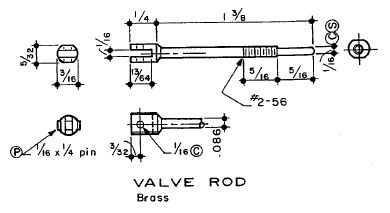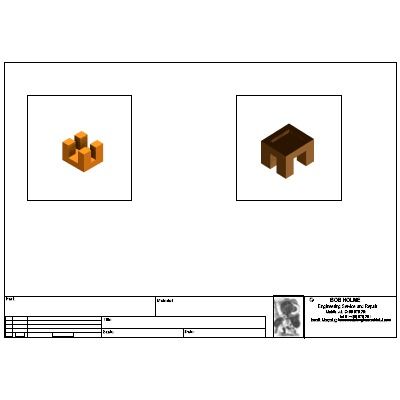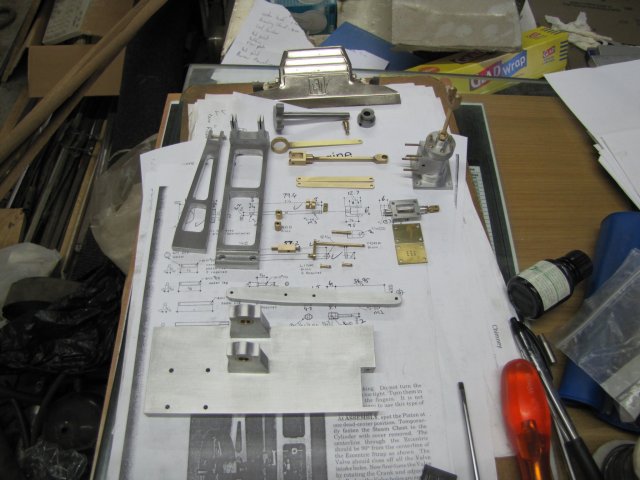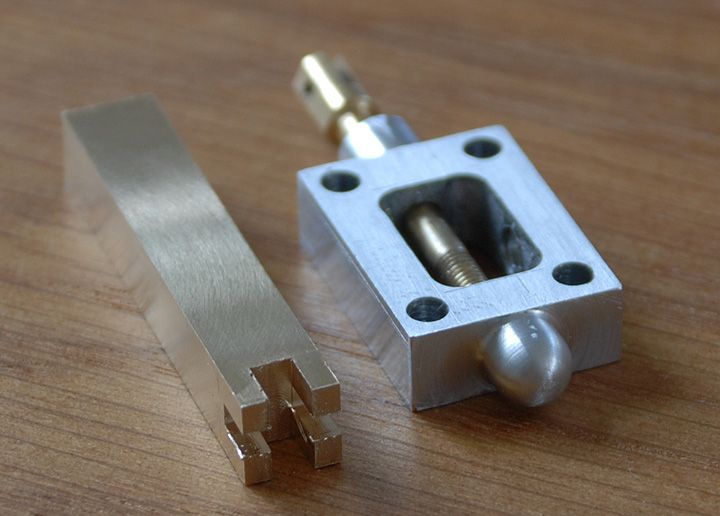PeterB
Well-Known Member
- Joined
- Mar 2, 2012
- Messages
- 53
- Reaction score
- 14
Please, help me, I need a brain :-\
I'm building Elmers Grasshopper engine and the next part I'll do is the valve. But I can't figure out how the valve is designed. Can some smart guy at HMEM please tell me how I should do. I have seen some photos of such a valve but there is always two parts. In the plan I got there is only one part.

I'm building Elmers Grasshopper engine and the next part I'll do is the valve. But I can't figure out how the valve is designed. Can some smart guy at HMEM please tell me how I should do. I have seen some photos of such a valve but there is always two parts. In the plan I got there is only one part.














































![DreamPlan Home Design and Landscaping Software Free for Windows [PC Download]](https://m.media-amazon.com/images/I/51kvZH2dVLL._SL500_.jpg)




























